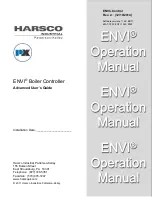
86
and the range of DD depends on the month. Except for the zeros in 00:00:00, leading zeros can be
omitted. For example, 2:2:0-2008/2/2 equals to 02:02:00-2008/02/02.
Description
Use the
expiration-date
command to set the expiration time of a local user.
Use the
undo expiration-date
command to remove the configuration.
By default, a local user has no expiration time and no time validity checking is performed.
When some users need to access the network temporarily, create a guest account and specify a validity
time and an expiration time for the account to control the validity of the account. When a user uses the
guest account for local authentication and passes the authentication, the access device checks whether
the current system time is between the validity time and the expiration time. If so, it permits the user to
access the network. Otherwise, it denies the access request of the user.
Related commands:
validity-date
.
Examples
# Set the expiration time of user
abc
to 12:10:20 on May 31, 2008.
<Sysname> system-view
[Sysname] local-user abc
[Sysname-luser-abc] expiration-date 12:10:20-2008/05/31
group
Syntax
group
group-name
undo group
View
Local user view
Default level
3: Manage level
Parameters
group-name
: User group name, a case-insensitive string of 1 to 32 characters.
Description
Use the
group
command to assign a local user to a user group.
Use the
undo group
command to restore the default.
By default, a local user belongs to the system default user group
system
.
Examples
# Assign local user 111 to user group
abc
.
<Sysname> system-view
[Sysname] local-user 111
[Sysname-luser-111] group abc
















































